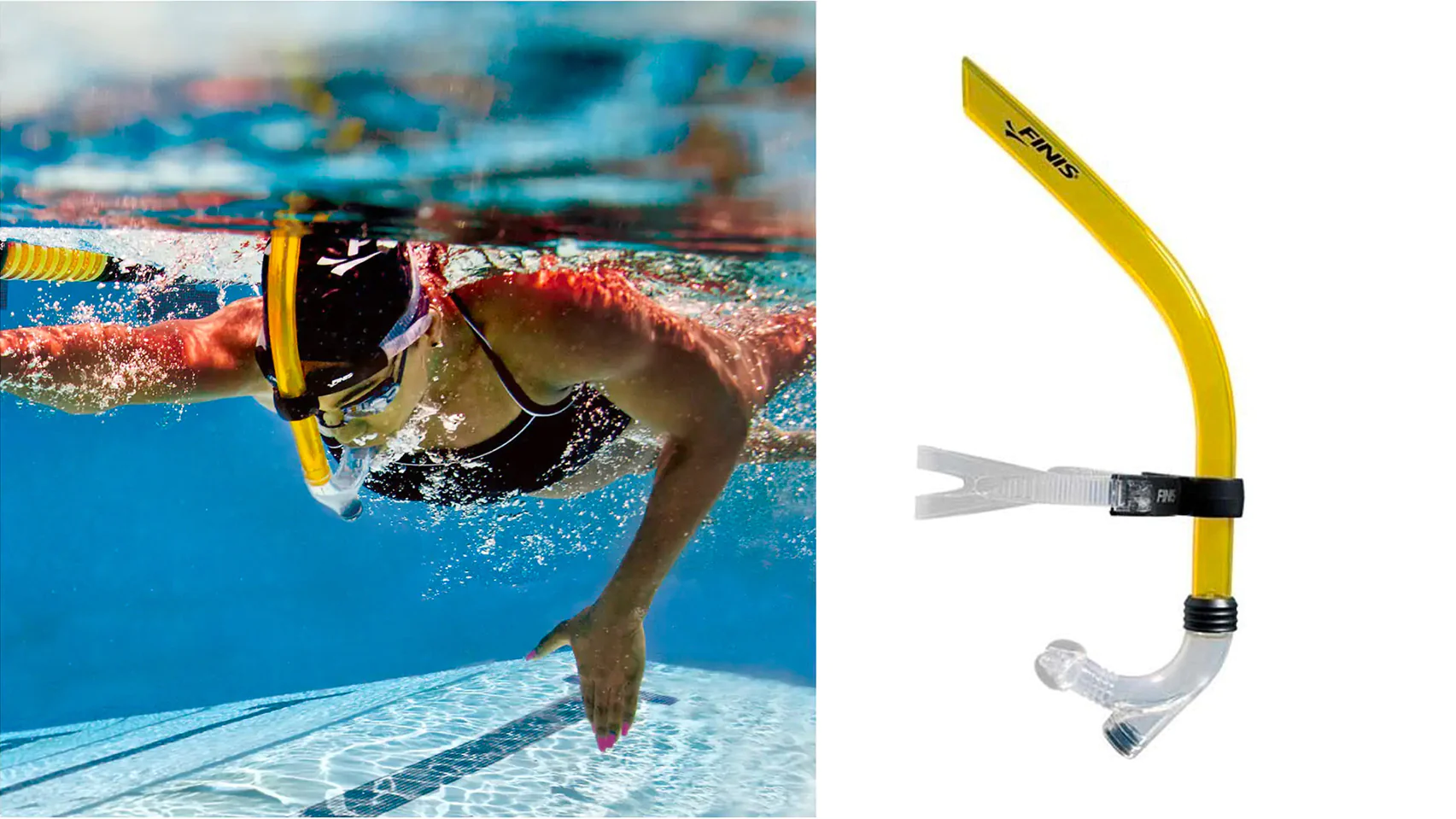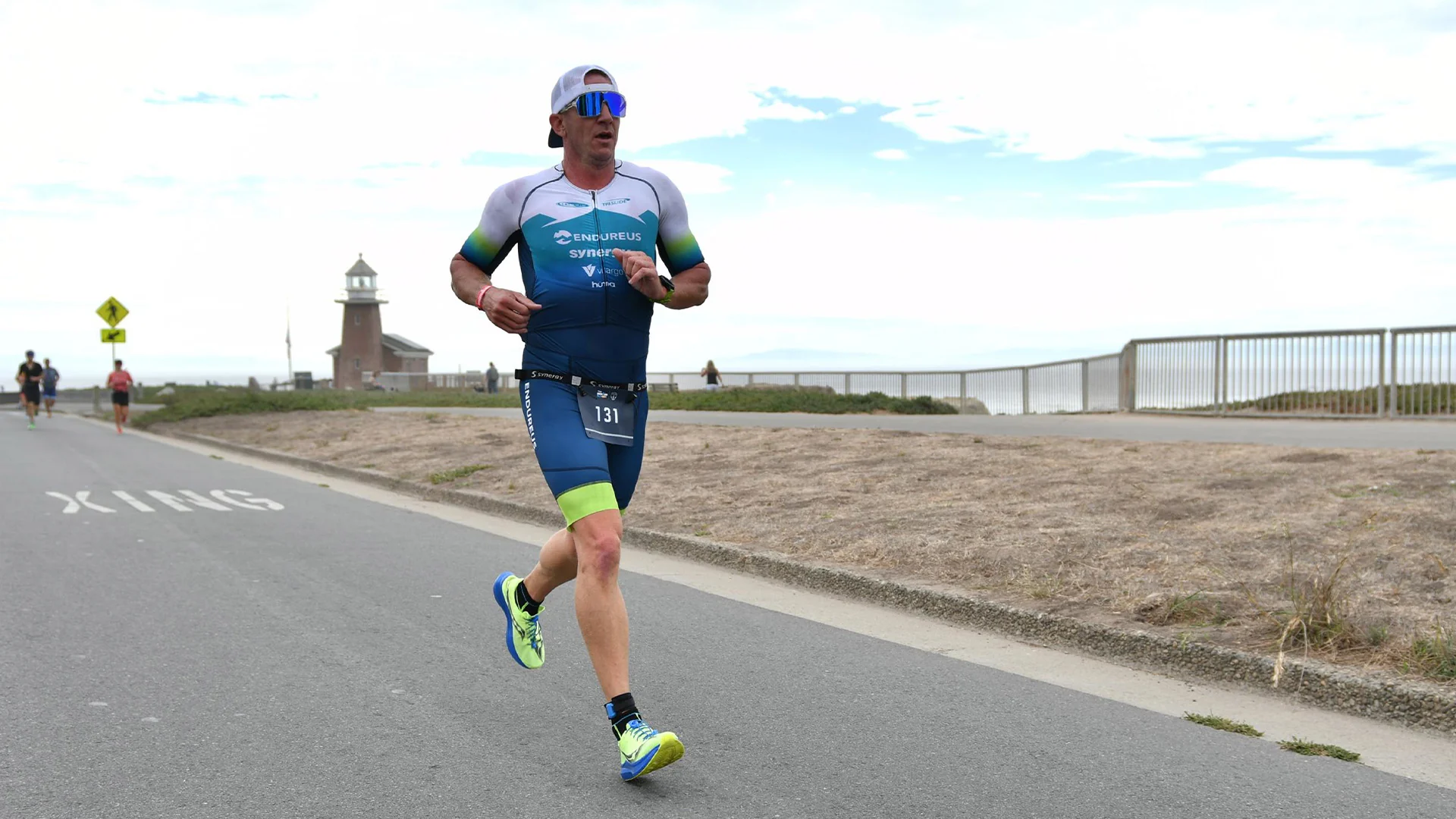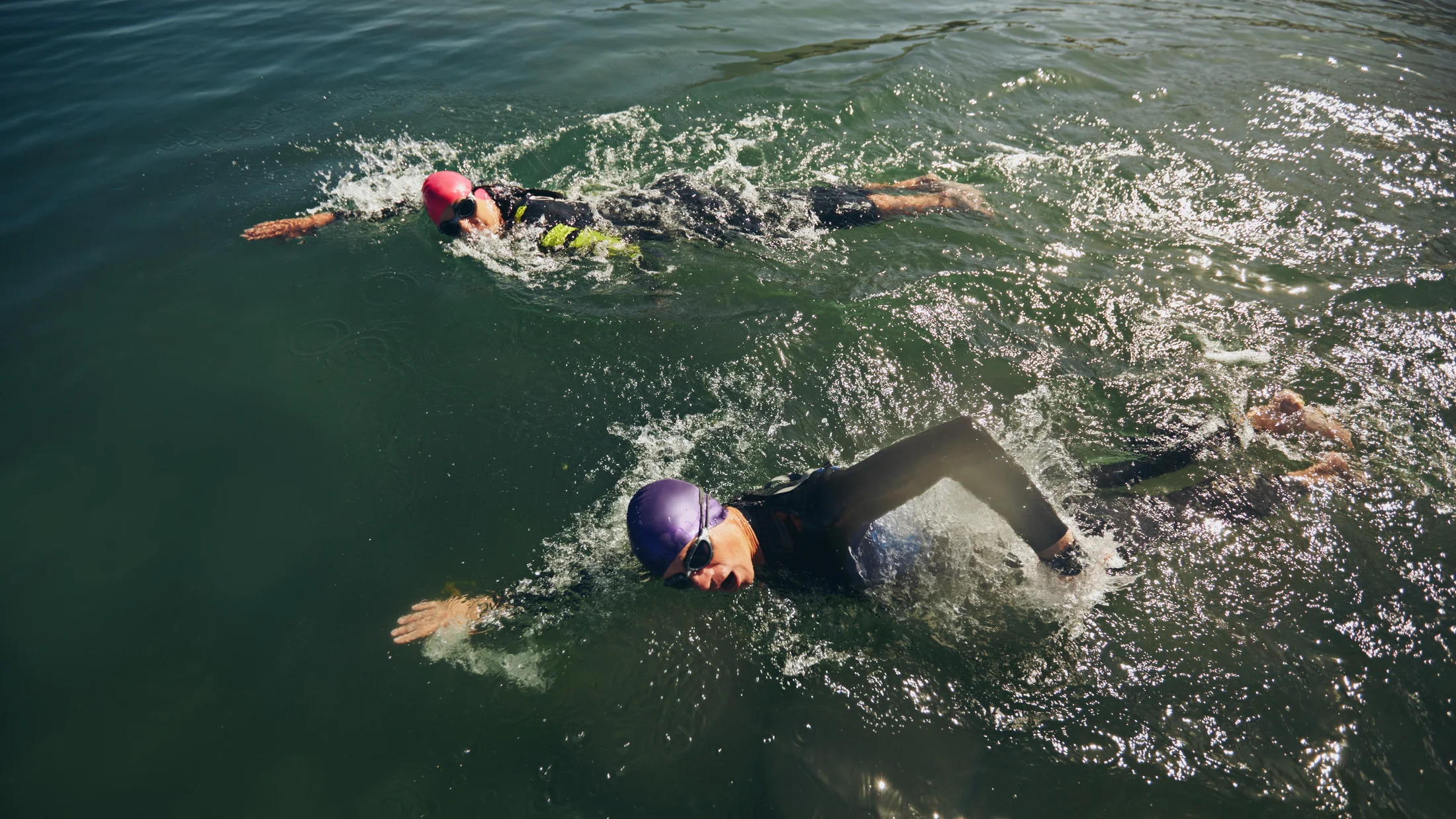Triathlon, a sport that combines swimming, cycling, and running in a single race, has terminology that may be unfamiliar to those outside the triathlon community. From transition areas to drafting and multisport, triathletes use specific jargon to describe different aspects of the sport. Orange County Endurance has club members from first-timers to elite-level competitors, so we put below a glossary of new triathletes’ terms together to help everyone speak the same launguage.
- Aerobars: These handlebars extend out from your bike, offering a place to rest your elbows for a more aerodynamic position, resulting in faster bike times.
- Age-grouper: Amateur athletes competing with others in 5-year age and gender groups, with race age determined by one’s age on Dec. 31 of the race year.
- Bodymark: Temporary tattoos or black marker used to display the race number on an athlete’s arm and age on their calf.
- Brick: Combination workouts of two disciplines back-to-back with minimal or no interruption, such as a bike ride followed by a run.
- Clydesdale/Athena: Race categories for men over 220 pounds and women over 165 pounds.
- Cooldown: Physical activity done after a workout or competition to loosen muscles and rid the body of lactic acid.
- Cross-train: Engaging in various sports or exercises to promote well-rounded health and muscular development.
- DNS/DNF: Did Not Start and Did Not Finish.
- Drafting: Swimming behind a slightly faster person to save energy is allowed, but closely following another athlete on the bike course to reduce wind resistance is only permitted in draft-legal races. In non-drafting races, participants must keep at least three bike lengths of clear space between themselves and the cyclist in front. If you move into the drafting zone, a rectangular area surrounding each bicycle, you must pass within 15 seconds.
- Mount line: The line indicating when you can mount your bike.
- Multisport: A sport consisting of more than one discipline, including triathlon, duathlon, aquathlon, aquabike, off-road triathlon, and winter triathlon.
- PR/PB: Personal record and personal best.
- Racking your bike: Placing your bike in the transition area on provided racks.
- Sighting: Lifting your eyes out of the water every stroke or two to follow the swim course in relation to the course buoys.
- Speed laces: Elastic/bungee laces for your running shoes to save time tying them.
- Swim waves: Based on gender, age, and/or speed, athletes start the swim with a subset of people, with their own starting horn to space out participants on the course.
- Timing chip: A chip attached to an ankle strap worn throughout the race to track an athlete’s time.
- Transition (T1 / T2): Areas where an athlete’s bike and gear are stored throughout the race. After each leg of the race, athletes return to transition to swap equipment before heading back onto the race course.
- Trisuit: Shorts and a top or a one-piece style worn throughout the race.
- TT bike/tri bike: Special road bikes made for triathlon racing, with flat handlebars and a set of aerobars.
- Warm-up: Exercise before a race or workout for physiological and psychological benefits.
- Wetsuit: A close-fitting rubber suit worn by swimmers in cold water to keep their bodies warm and make them more buoyant and faster.




